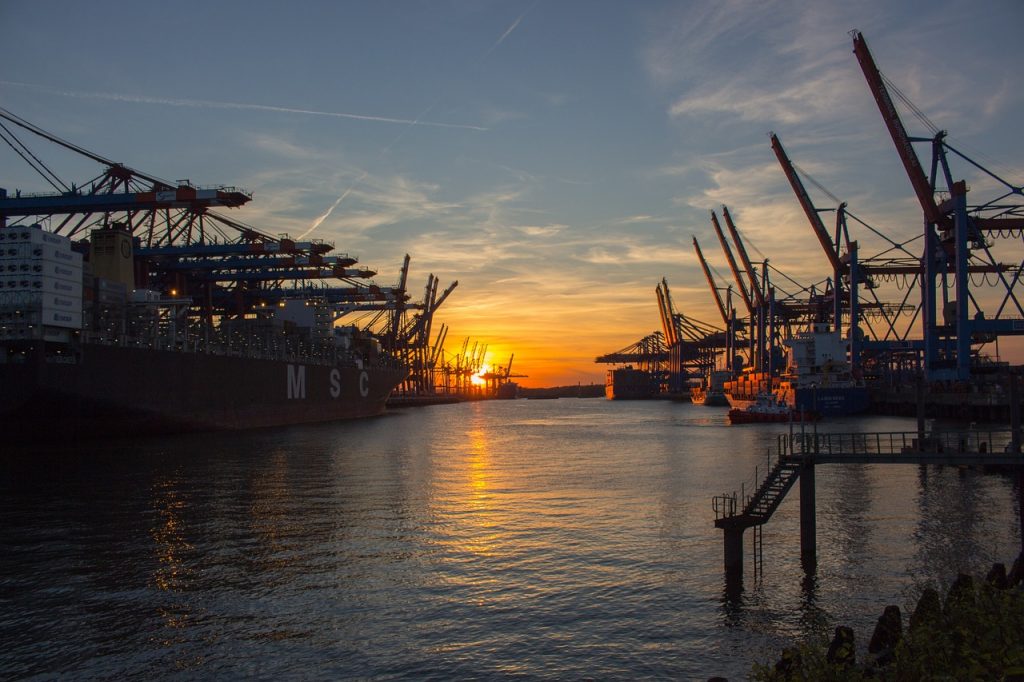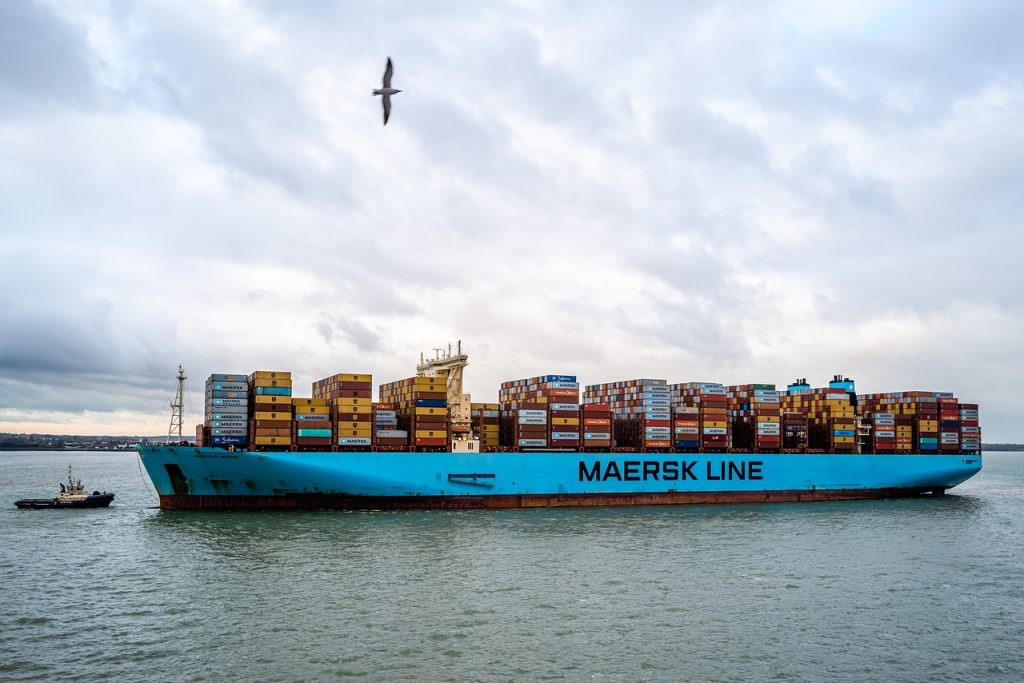(Local time, Monday) Maersk, one of the world’s shipping giants, announced that due to strong demand in the container market and ongoing chaos from the Red Sea crisis, signs of further congestion are emerging in global ports, especially in Asia and the Middle East. Singapore, one of the busiest ports in the world and a major transit hub in Asia, has recently attracted industry attention due to congestion.

Singapore, the world’s second-largest container port, has recently been plagued by severe congestion, drawing industry attention. According to a recent report by Linerlytica, an Asian container consultancy firm, container ships in Singapore may now wait for up to about seven days for berths, compared to a maximum of half a day under normal circumstances.
The latest data shows a surge in the number of containers waiting to berth in Singapore in May, with the peak at the end of May reaching a record high of 480,600 standard 20-foot containers.
The Maritime and Port Authority of Singapore recently responded to media reports, citing two main reasons for the congestion: shipping delays and a surge in container throughput.

Firstly, the crisis in the Red Sea has forced ships to detour around the Cape of Good Hope, disrupting the plans of major ports worldwide. Many ships cannot arrive as planned, leading to queues and the “ship clustering” effect.
Secondly, the Maritime and Port Authority of Singapore stated that the number of ships arriving in Singapore has increased significantly this year. In the first four months of this year, Singapore handled a total of 13.36 million standard containers, an 8.8% increase year-on-year.
The authority also mentioned that part of the increase in container throughput is due to some shipping companies abandoning subsequent voyages to meet the schedule of the next voyage, concentrating the cargo of Southeast Asian countries in Singapore, thus extending the time ships spend in port for loading and unloading.
To alleviate port congestion, the port operator, PSA Singapore, announced the reactivation of previously decommissioned berths and docks at the Keppel Terminal and an increase in manpower. With these new measures in place, PSA Singapore stated that the weekly capacity for container handling would increase from 770,000 to 820,000 standard containers.
A recent report from S&P Global shows that congestion, particularly in major Asian ports like Singapore, has led to an increase in container shipping prices. As of May 30th, freight rates on the Asia to Europe route have reached $6,200 per 40-foot container, while rates to the West Coast of North America have risen to $6,100.
The global supply chain now faces several uncertainties, including the geopolitical crisis in the Red Sea and frequent extreme weather events worldwide causing shipping delays. Additionally, there is the risk of strikes. The S&P Global report points out that Canadian customs border workers may strike in June, and after contracts expire this fall on the East Coast of the United States and in Gulf of Mexico ports, worker strikes may also occur.
